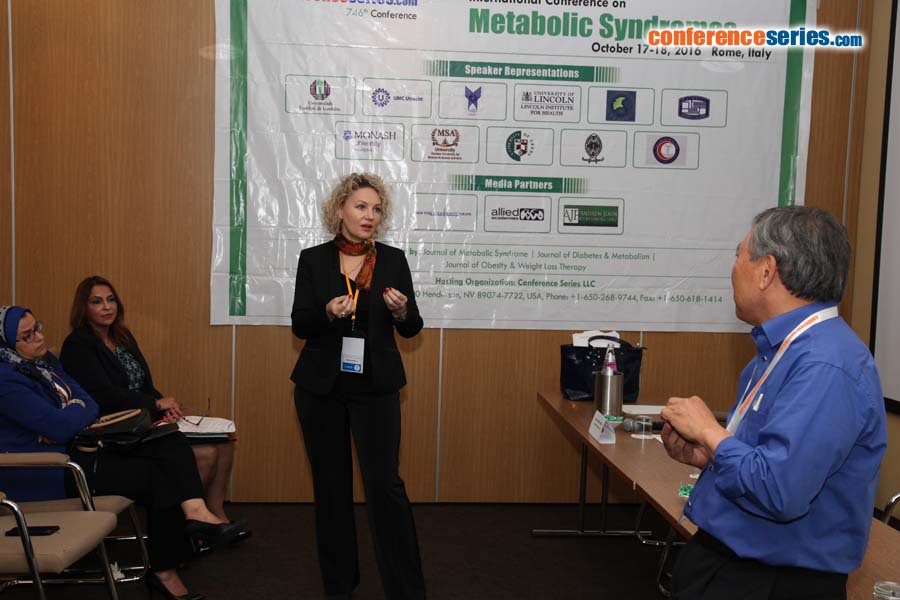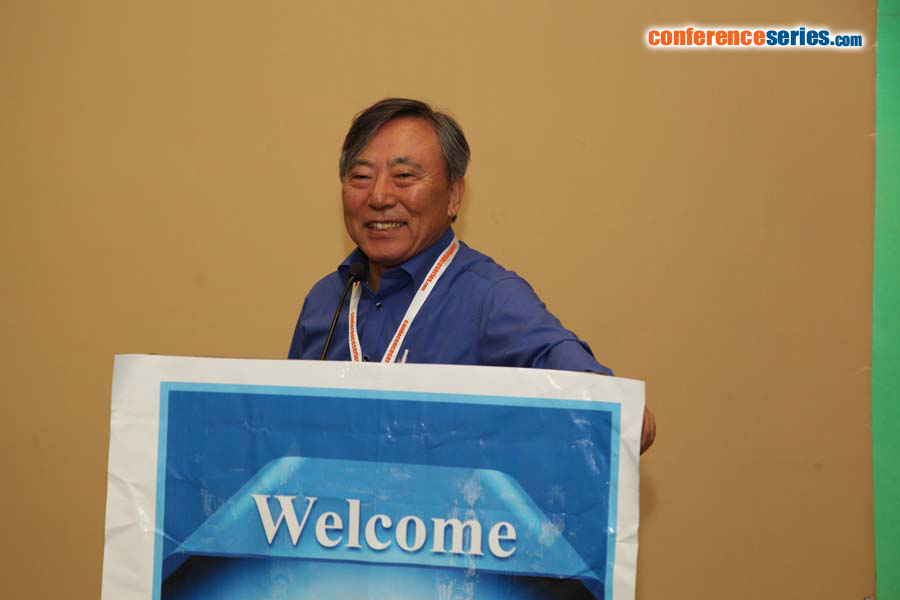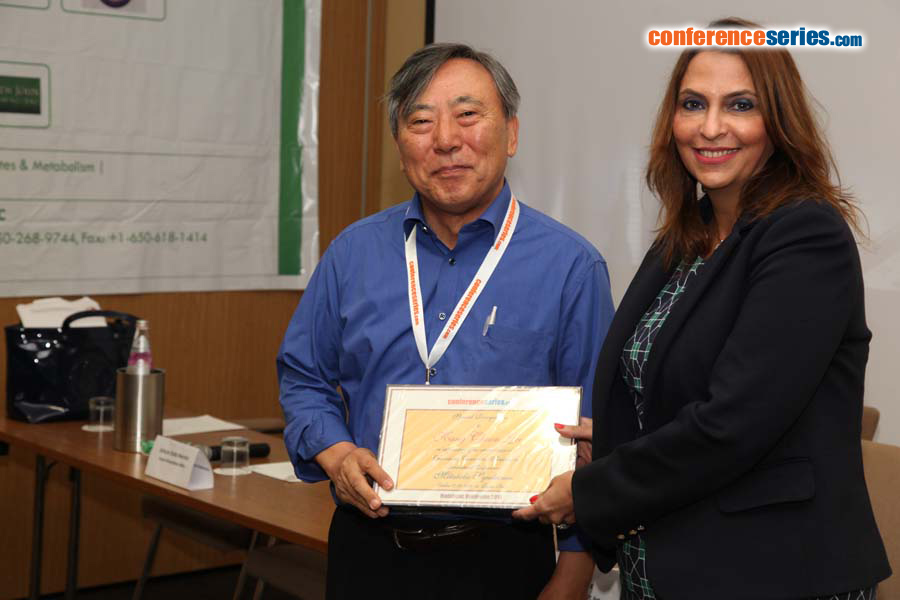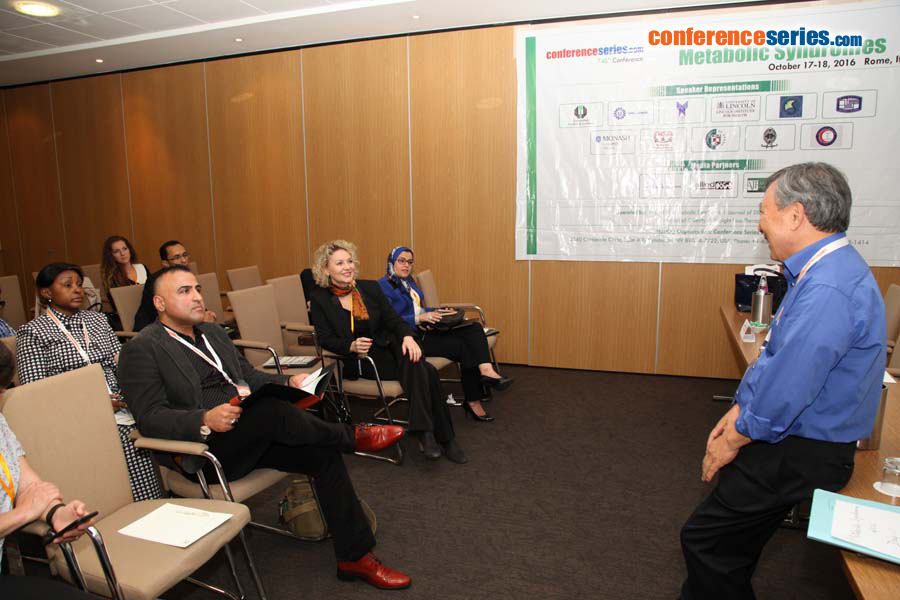
Kang Choon Lee
SungKyunKwan University, South Korea
Title: Prospective of long-acting GLP-1 receptor agonists for the therapeutics
Biography
Biography: Kang Choon Lee
Abstract
Glucagon-like peptide-1 (GLP-1) is an incretin hormone derived from the transcription product of proglucagon gene and normalizes blood glucose by activating the GLP-1 receptor. However, a major pharmacological problem with GLP-1 is its short half-life that is impractical as a therapeutic option for type 2 diabetes; thus necessary to develop long-acting GLP-1 receptor agonists. PEGylation is a commonly utilized technique to improve drug solubility and stability, prolong blood circulation time, reduce immunogenicity, and decrease dosing frequency. As with any form of molecular modification, the active site is affected and can drastically decrease the bioactivity of the therapeutic agent, especially when the modification is performed on a small molecular weight molecule like peptides, GLP-1. Steric hindrance from high molecular weight PEG can lead to a dramatic loss in the biological and pharmacological activity of the molecules. Therefore, it is generally accepted that a balance must be struck between the molecular weight of the PEG and the activity of the therapeutic molecule to reach sufficient drug efficacy. Unlike existing pegylation technology or other half-life extension technologies that often significantly reduce the biological activities of peptide drugs, we developed a new long-acting GLP-1 by utilizing a novel pegylation method with a very long half-life (88 h in non-human primates vs. 2 h exenatide) combined with retention of exenatide’s activity, resulting in a long duration of action with potentially reduced adverse effects in humans. This presentation focuses on the strategic pegylation of potent therapeutic peptides for GLP-1 and its potential applications.




